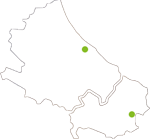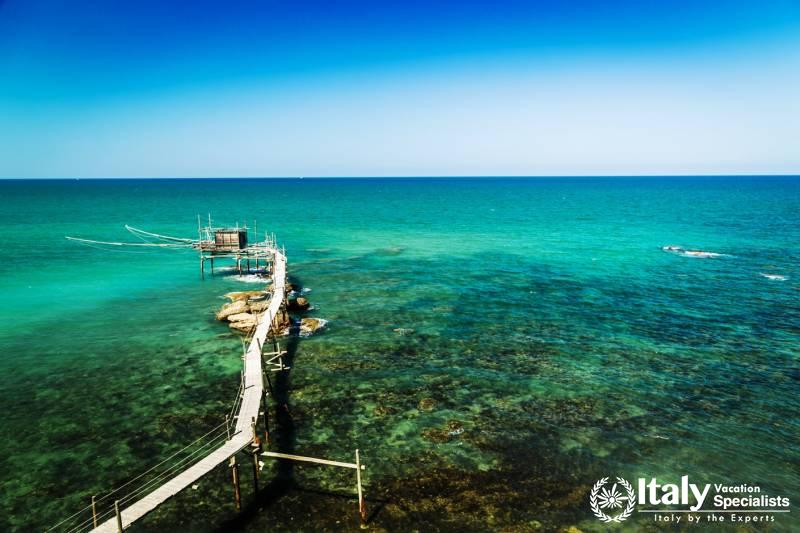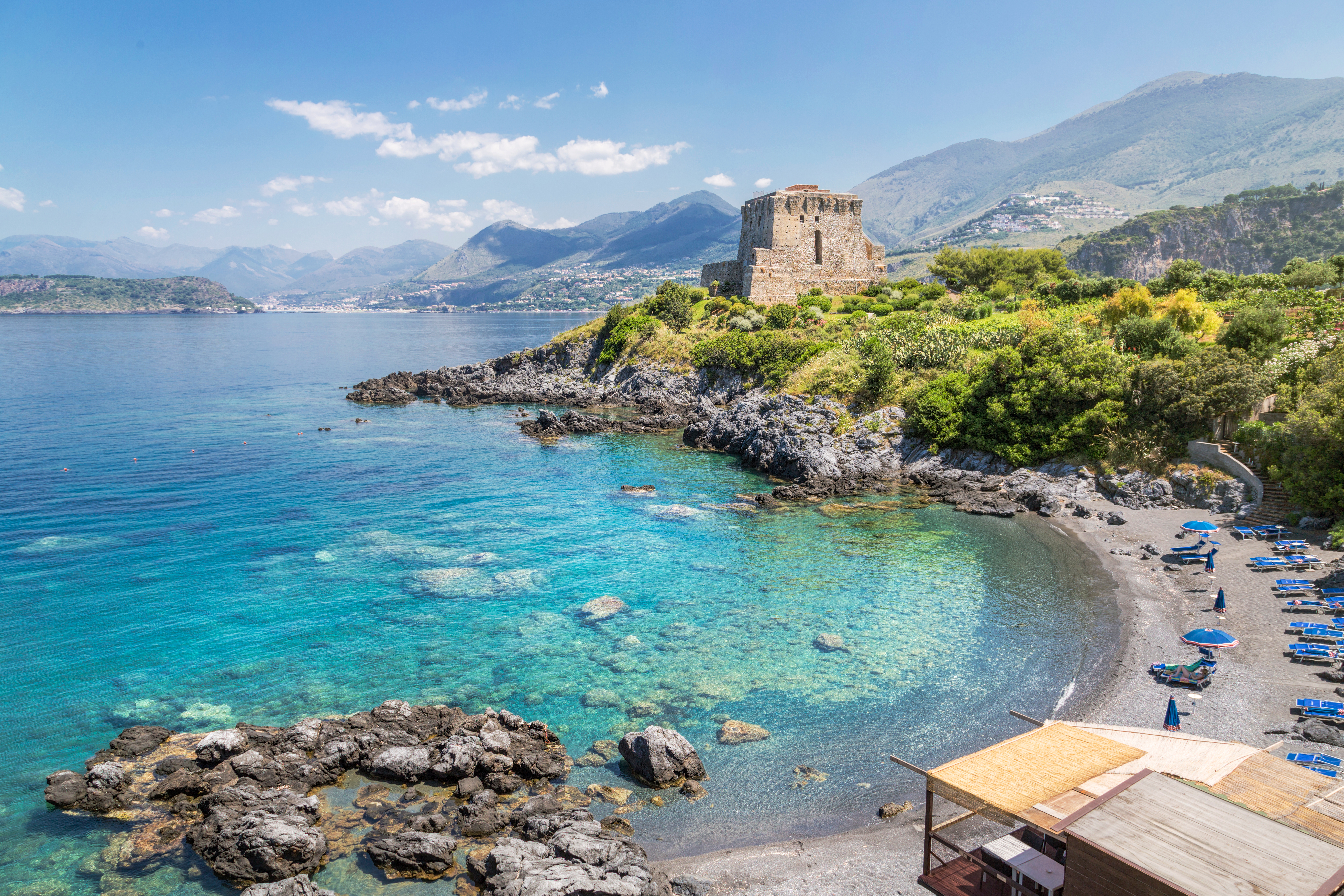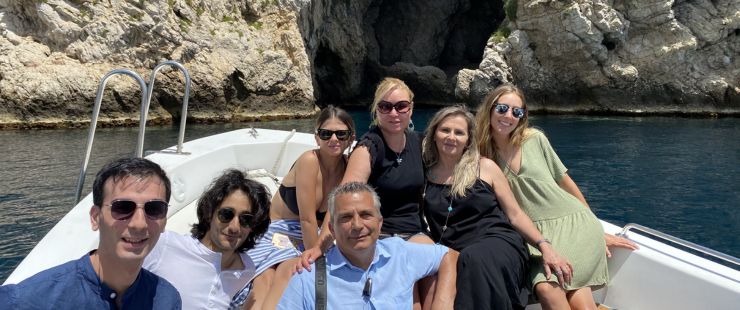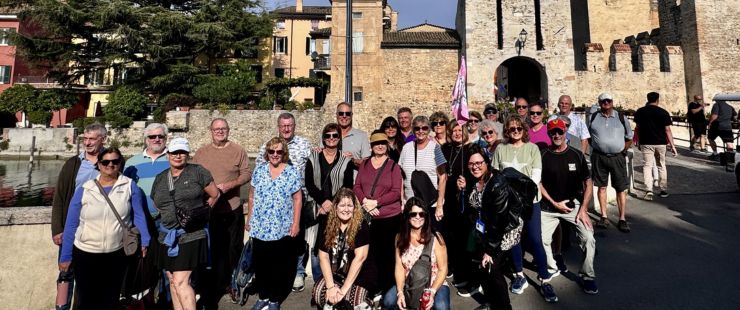Overview
The regions of Abruzzo and Molise are two lesser-known areas of Italy that offer much to discover for visitors. These regions are grouped together due to their proximity, small size, and similarities. Although they differ in name, visiting one will likely lead to a visit to both.
Each region offers a diverse landscape, including lush mountains, vineyards, national parks, long beaches, alpine lakes, quaint villages, and artistic cities. Located in central Italy, this area stretches from the Apennines to the Adriatic Sea and is only 50 miles/80km from Rome.
If you plan to visit, keep in mind the language and roads. We can assist you with your needs, including family heritage questions, planning, and more. There are many factors to consider when driving, including roads, tolls, and hotel closures.
Abruzzo and Molise offer wild countryside, secluded beaches, and historic cultural centers like Pescara, Aquila, and Chieti. As you drop down from the mountains, you'll discover picturesque seafront towns like Termoli, Ortona, and Roseto degli Abruzzi.
Abruzzo is different from northern Italy and has a charm of its own. This region is slowly moving into the modern era at its own pace, like the southern Italian provinces of Calabria, Puglia, Basilicata, and Campania. There are wolves, bears, and cougars in the mountains, and shepherds mind their flocks. Castles and monasteries stand guard on mountain passes, and vast tracks of empty land fill the landscape.
You'll find the highest peaks of the Apennines in central and western Abruzzo. The Gran Sasso, the highest mountain in the Apennines, reaches 9560 feet, while Monte Maiella and Monte Velino-Sirente are almost as high. Throughout this mountainous region, you'll find rugged canyons, forests, rivers, and lakes. All the farmable land is farmed, particularly in the eastern foothills of the Apennines, where the land tapers off into the long and sandy beaches of the Adriatic coast.
The earliest Italic tribe known to occupy Abruzzo were the Picenians. Starting in the 3rd century BC, the region came under increasing domination by the Roman Empire, who established firm control by about 90 BC. With the decline of the empire, the area broke into several often warring feudal fiefdoms. A measure of control and unity was restored when most of the territory came under the control of the Longobard's Duchy of Spoleto during the 6th Century AD.
In the 12th Century, the area was conquered by the Normans and later merged into the Kingdom of Sicily under the rule of Frederick II. Although the Kingdom of Sicily changed hands throughout the succeeding centuries, Abruzzo remained within it until Italian unification in 1861.
Given the political history and geography of Abruzzo, it should come as no surprise that the traveler will encounter ruins and extant architecture that date back to its earliest tribal days through the Romanesque, Gothic, and to a limited extent, Renaissance periods. The principal cities have churches, museums, and other public buildings that house important collections of art and artifacts.
Economically, the area continues to struggle, but there is economic and industrial development, particularly around Pescara and from Chieti to the Adriatic. There is some large and medium-sized farming on the eastern side of the region, mostly of wheat, grapes, olives, and potatoes. Licorice, saffron, and tobacco are also produced. Many of the rivers have been harnessed to produce hydroelectric power that is fed into the main grids serving all of Italy. Bauxite is mined in some locales, and methane gas is trapped and distributed on a commercial basis.
Gallery
Location
Private and Small Group Tours
Multi-Day Holidays Tours
Hotel
Villas
Apartment
Gallery












Our Private and Small Group Tours
Our Multi-Day Holidays Tours
For Customized Holidays and Expert Advice, for travel in Italy and the Mediterranean,
get in touch with your travel agent or contact us via our
Trip Planning Questionnaire.
-
Direct In Italy: +39 375 823 5314
-
Toll Free: 1-866-779-2565
